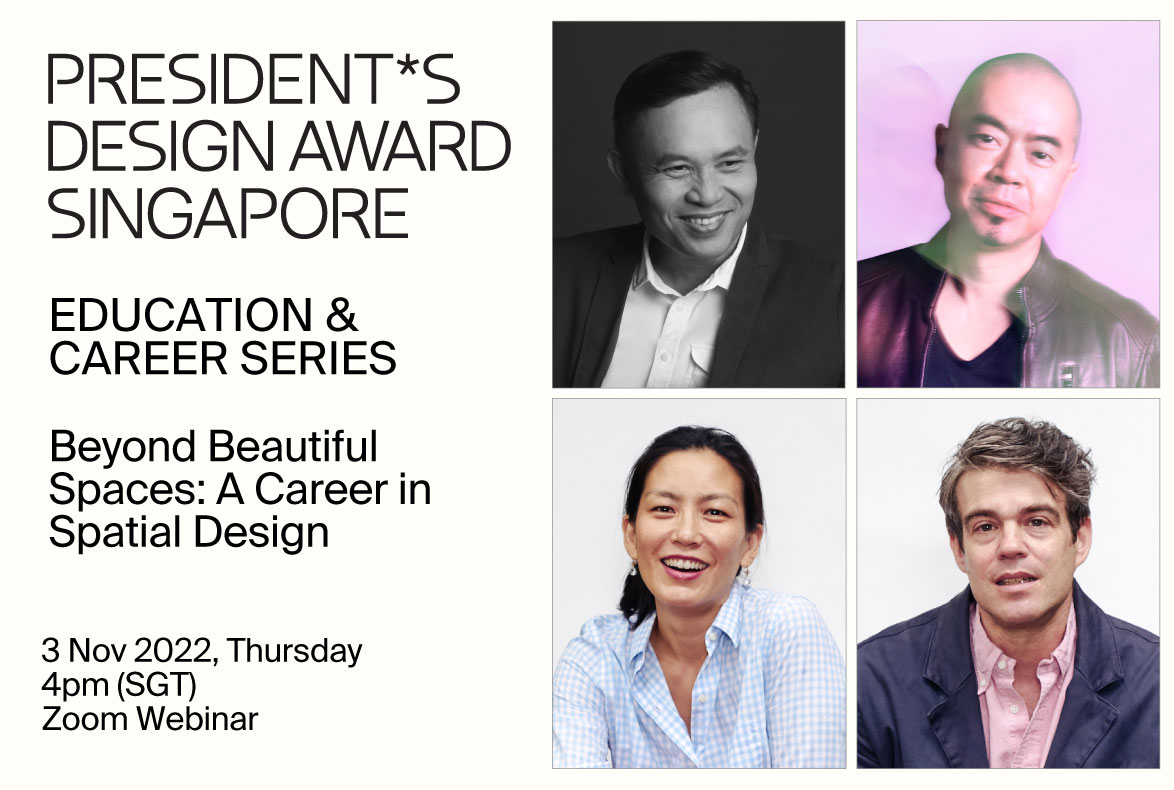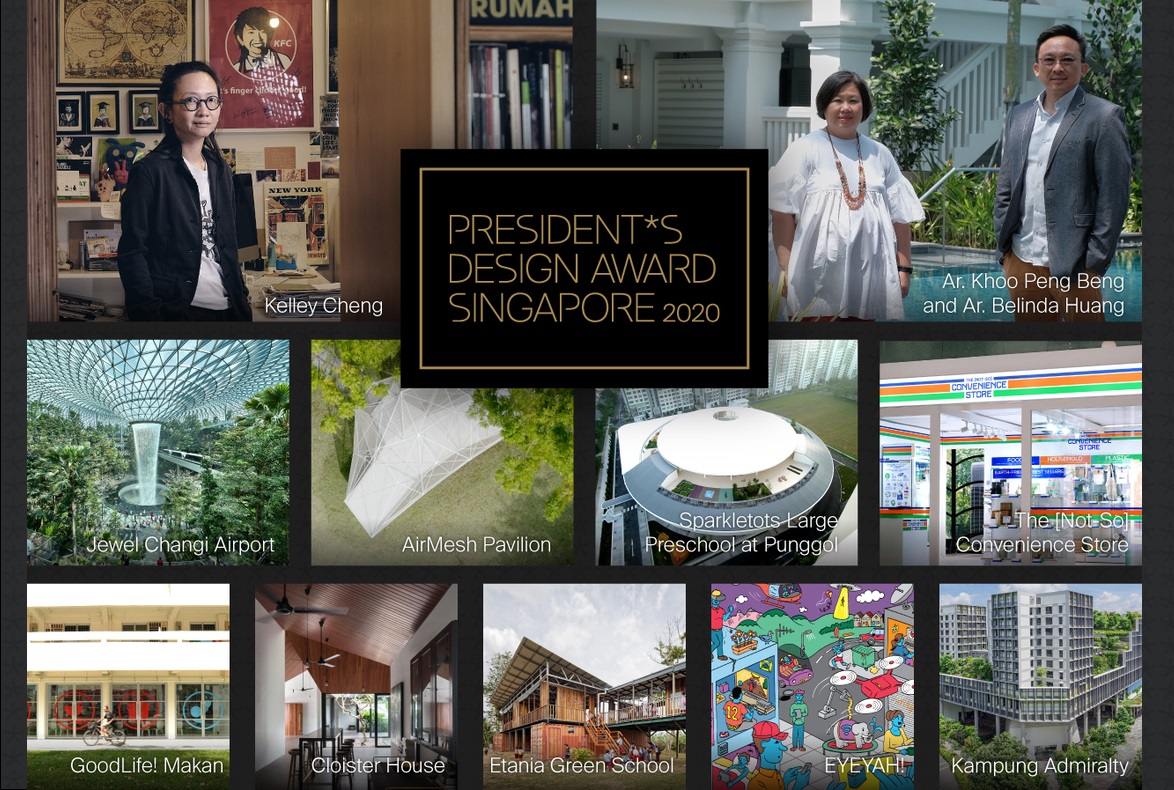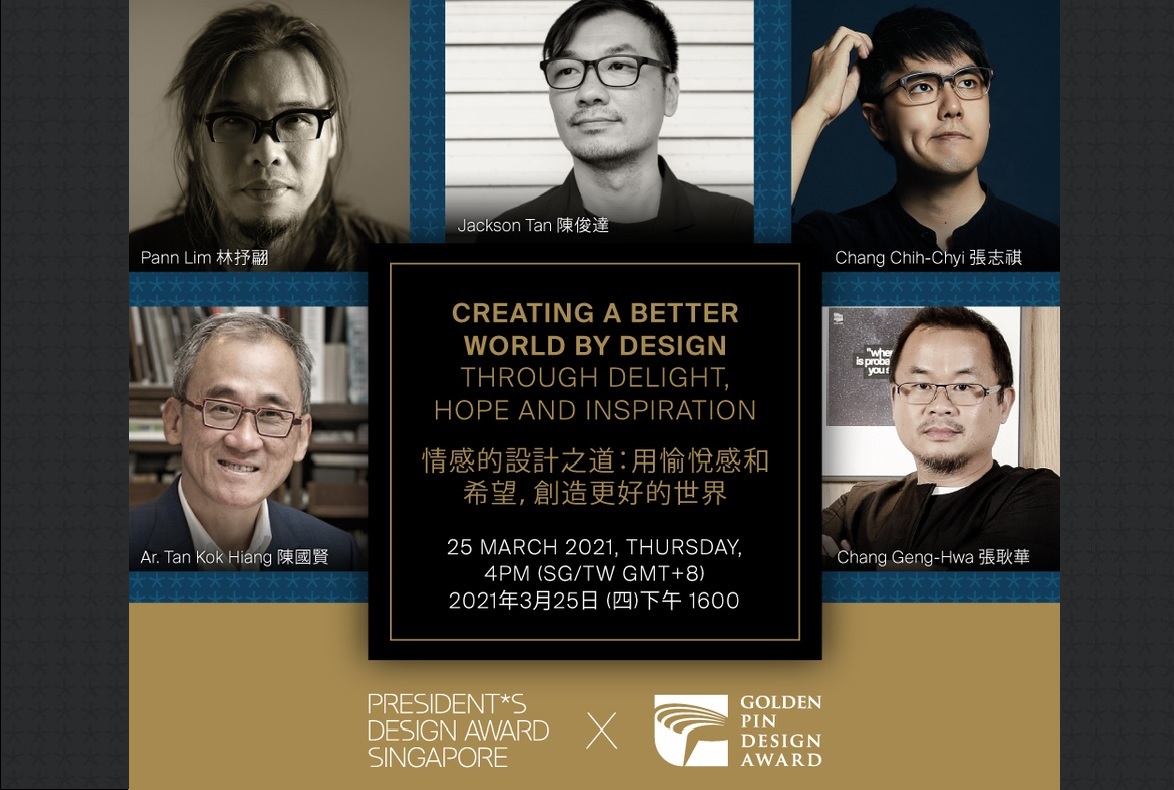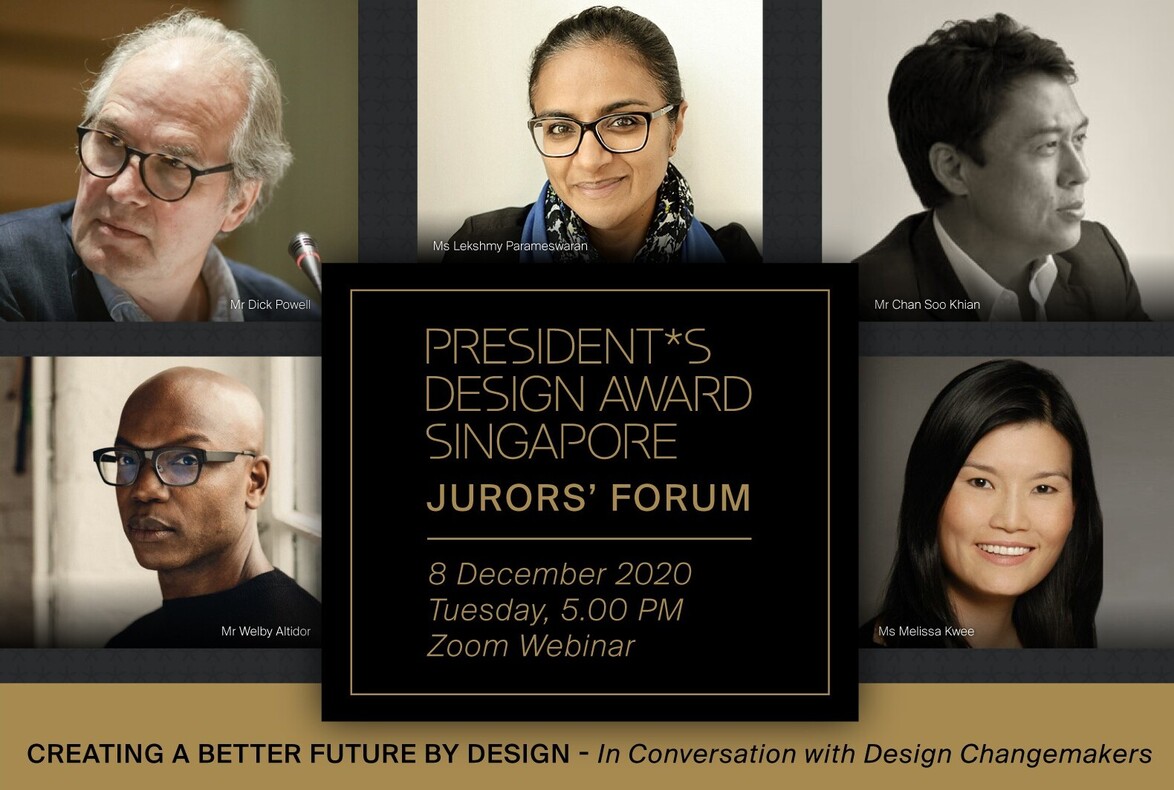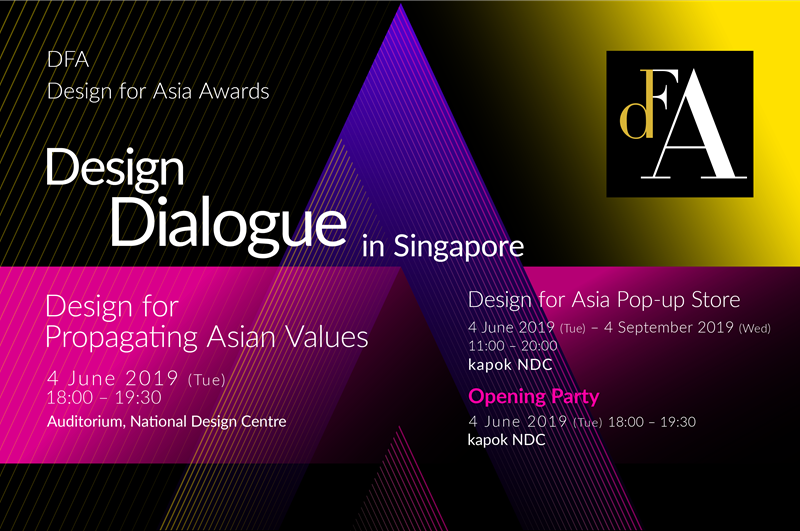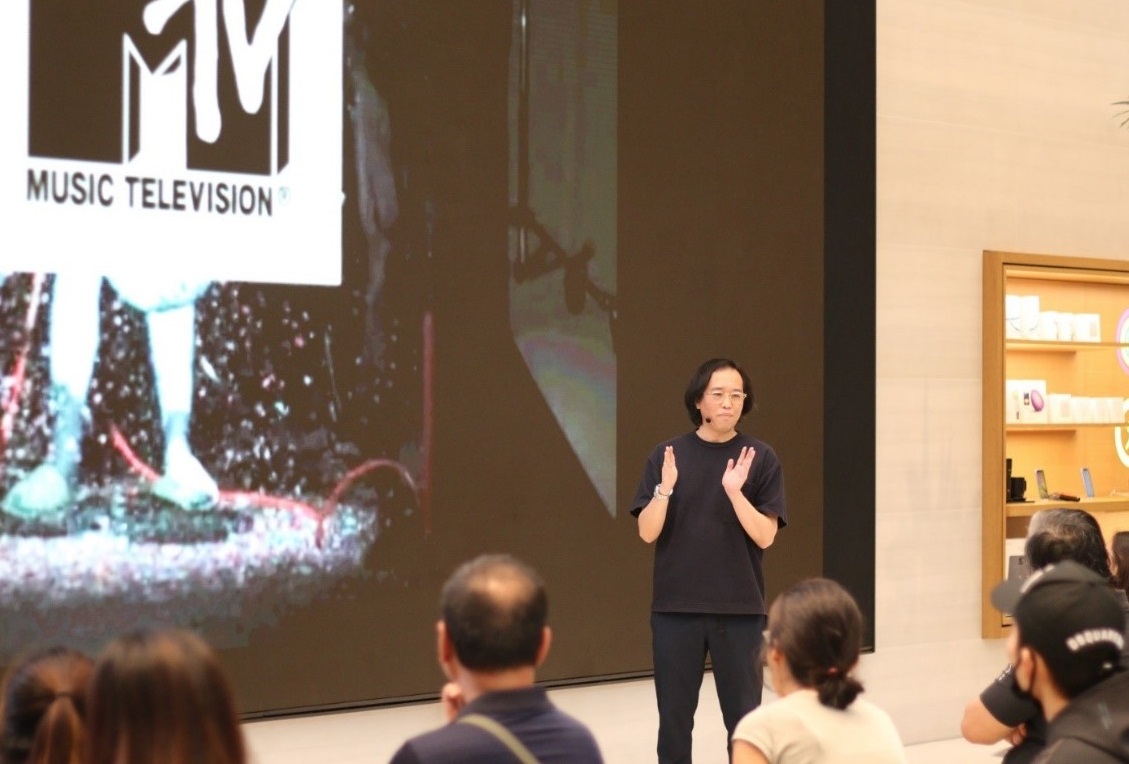 Thammasat
University Rooftop Farm (Rangsit Campus, greater Bangkok), designed by LANDPROCESS. Photo:
Panoramic Studio and LANDPROCESS.
Thammasat
University Rooftop Farm (Rangsit Campus, greater Bangkok), designed by LANDPROCESS. Photo:
Panoramic Studio and LANDPROCESS.
She designed Bangkok’s first major new park in 30 years and Asia’s largest organic urban farming green roof. Thai landscape architect and P*DA 2023 Juror Kotchakorn Voraakhom (Founder and CEO at LANDPROCESS and Porous City Network) is committed to creating productive public spaces that better serve nature and people. She invites us to dance with nature, to understand its functions, and find new and adaptive ways of living well with our natural environments.
Interview by Serene Tng.
How did your growing-up years influence your interest in landscape architecture?
I grew up in a very urban setting with few experiences with expansive open and green spaces. My play areas were car park lots and other urban spaces. Every once in a while, there would be some glimpses of nature in the form of finding small creatures and plants in between cracks in the concrete pavement.
But we as humans always long for nature. It was this longing that fuelled my curiosity for wanting to be part of designing and shaping our natural environments.
 P*DA 2023
Jury Member (Design Panel) Kotchakorn Voraakhom, speaking at the P*DA 2023 Jurors’ Forum. Photo:
Gan Jia Jun.
P*DA 2023
Jury Member (Design Panel) Kotchakorn Voraakhom, speaking at the P*DA 2023 Jurors’ Forum. Photo:
Gan Jia Jun.
When designing with nature, what should we bear in mind?
Nature itself is a very powerful medium. Beyond just enhancing its beauty or creating beautiful environments, we should also focus on learning more about nature’s functions and processes, and how it relates to the climate and the larger challenges of urbanisation. Learning about this can enable us to use landscape architecture more effectively to help restore and regenerate our natural environments.
Even our natural infrastructures are important. In Thailand, for example, we have many canals which we use regularly to commute, to take showers in. But we often do not take good care of them.
We need to learn how to cultivate and nurture our relationship with such natural infrastructures, so that we can better embrace and integrate them well in our environment and daily lives.
 Chulalongkorn
University Centenary Park in Bangkok, designed by LANDPROCESS. Photo: Panoramic Studio.
Chulalongkorn
University Centenary Park in Bangkok, designed by LANDPROCESS. Photo: Panoramic Studio.
You designed the Chulalongkorn University Centenary Park, which opened in 2017. It was the first major new park in Bangkok in 30 years.
The challenge of designing public spaces especially in the dense city of Bangkok was how to make such spaces more multi-functional, to serve many different needs and purposes.
So, besides designing the park for public use, we also deliberately inclined the park to sit on a three-degree angle to enable the park to collect, treat and hold rainwater in a retention basin. This helped to prevent the surrounding streets from flooding and the water held can also help irrigate the park. In addition, we designed spaces in the park that can be used for recreational activities, including an amphitheatre for concerts and other events.
The larger significance of the park was also about changing people’s mindsets. In Bangkok, we have fewer green spaces compared to many other cities. Growing up, many people may have become accustomed to living with lesser green spaces. With this park, I wanted people to understand that having parks and green spaces should be a basic human right. Hopefully, in the long run, our younger generation can grow up having more access to such green spaces.
 Stationary
bicycles at Chulalongkorn University Centenary Park. Photo: LANDPROCESS.
Stationary
bicycles at Chulalongkorn University Centenary Park. Photo: LANDPROCESS.
Within this park, you have included stationary bicycles for people to use. Why did you introduce this feature?
With the bicycles, I wanted people to see that water is an integral part of the park. The stationary bicycles are located at a retention pond at the low end of the park, where rainwater flows from the park’s green roof and other surfaces.
The bicycles are a way for people to be an active part of the park’s water treatment system. Their peddling of the bicycles will help keep the water aerated.
 Event
space at Chulalongkorn University Centenary Park. Photo: LANDPROCESS.
Event
space at Chulalongkorn University Centenary Park. Photo: LANDPROCESS.
Besides your work as a landscape architect, you also started a non-profit group, Porous City Network (PCN), working with communities to co-design water management solutions. Why is this important to you?
As a landscape architect, I see my work as not just about building something or beautifying our environment. It is also about serving our communities, helping them to have a voice and working together with them to address larger urban challenges.
One of PCN’s projects involved helping the Hat Lek community of fishermen and their families. They have no land rights on paper, so they built into the ocean, in Trat, Thailand, located along the Thai-Cambodia border. The Thai government wanted to displace them.
We worked closely with them to equip them with the knowledge and insight to have a voice in negotiating with the government. We co-developed a plan with the community that allowed them to inhabit land in the ocean and enable them to also help restore mangrove forests. They are the first community to receive government permission to remain where they are.
 Park at
Bangkok’s revitalised Chong Nonsi Canal (Phase 1), designed by LANDPROCESS. Photo: Ded
Filmlandscape.
Park at
Bangkok’s revitalised Chong Nonsi Canal (Phase 1), designed by LANDPROCESS. Photo: Ded
Filmlandscape.
You have shared that we should learn to live with water and not fear it. What does this mean?
Bangkok used to be known as the “Venice of the East”. Water has always been a key part of our way of life. Water is our source of food and supports many of our activities in our daily lives.
Yet, our relationship with water has changed in a negative way where we have grown to fear it. If we fear it or want to fight it or try to fix nature, we tend to find solutions that may not be as effective.
Instead, we need to learn to live with our water, our land and nature – to dance with these elements. It is a very Buddhist approach – accepting the world as it is.
With this acceptance, we can then design solutions that connect more with nature, where we delve deeper into understanding how our land and nature systems work and find more holistic and new ways of adapting to nature.
 Thammasat
University Rooftop Farm under construction (right), reflecting rice terraces (left). Photos:
LANDPROCESS.
Thammasat
University Rooftop Farm under construction (right), reflecting rice terraces (left). Photos:
LANDPROCESS.
What does an ideal environment look like to you when we design well with nature?
I’ve learnt a lot from the agricultural language of our landscape and our relationship with it. To me, an ideal environment is being able to live harmoniously with nature, to tap into our past, to respond to our context and to leverage on technology to make best use of our land and what we have.
When we designed the largest [organic urban farming] rooftop in Asia at the Thammasat University in the greater Bangkok area, we had leveraged on green roof technology and designed the roof to mimic the structure of rice terraces to harvest the rain and yet grow food as well. This natural infrastructure also becomes a part of nature. To me, this is part of living harmoniously with nature.
In designing with nature, what should architects and designers do more of?
Beyond focusing on beauty and form, I hope architects, engineers and designers can work more with landscape architects – to consider making landscape architecture a key focus of their designs and not an afterthought.
It is not about inviting landscape architects to work within the building’s spaces, but it is about us working together to design spaces that are all part of our larger natural environment.
 Chulalongkorn
University Centenary Park. Photo: LANDPROCESS and Suratchana Pakaveleetorn.
Chulalongkorn
University Centenary Park. Photo: LANDPROCESS and Suratchana Pakaveleetorn.
What is the potential impact of well-designed spaces for people?
The value of well-designed spaces tends to be more intangible. It is about the little things that matter – places that enable us to connect with each other, to smell, see, touch, and feel, to have a richer experience, to feel a sense of belonging and a sense of place.
These are the things that are important to us, and well-designed spaces should give us these and so much more.
To hear more from Kotchakorn Voraakhom, watch the
P*DA Jurors’ Forum 2023 event
video or read our event recap article.
Head to our Jurors 2023 page to read Kotchakorn Voraakhom’s biography.
The recipients of the President*s Design Award 2023 will be announced in July. Catch the P*DA 2023 exhibition around Singapore from mid-July onwards. Keep up to date by joining the P*DA mailing list.
This article was first published by the Urban Redevelopment Authority (URA). The P*DA is jointly administered by the DesignSingapore Council and the URA.
